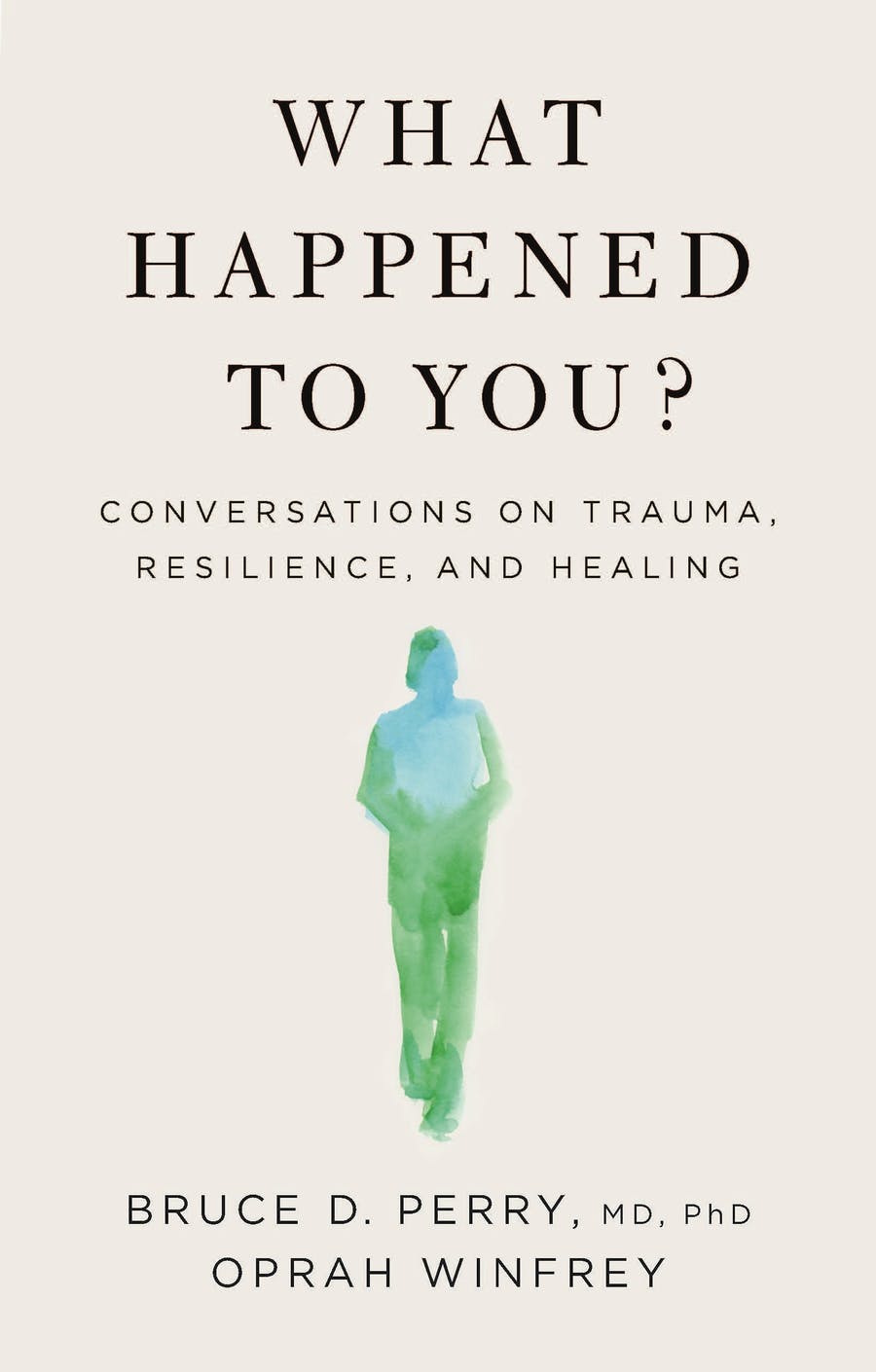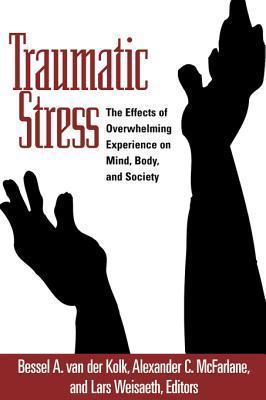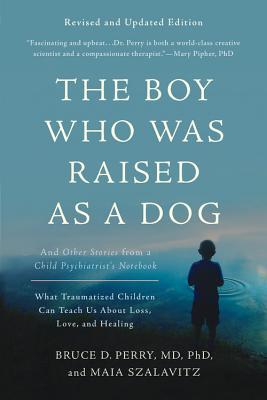
The Body Keeps the Score: Brain, Mind, and Body in the Healing of Trauma
Book Description
Trauma doesn't just linger in the mind; it etches itself into the body, whispering its secrets in unexpected ways. Bessel van der Kolk unveils the profound connection between emotions and physical health, guiding readers through groundbreaking insights into trauma’s grip. He weaves together riveting case studies, innovative therapies, and the latest neuroscience, revealing how true healing is possible. With each turn of the page, hope blazes like a beacon, promising that freedom from the past is within reach. Can you break the chains of trauma and reclaim your life?
Quick Book Summary
"The Body Keeps the Score" by Bessel van der Kolk explores how traumatic experiences are imprinted on both the brain and the body, fundamentally impacting emotional and physical health. Drawing upon decades of research and clinical practice, van der Kolk demonstrates that trauma is not merely a psychological phenomenon, but also a deeply physiological one. He details how trauma can disrupt memory, self-perception, and the regulation of emotions, often manifesting in the body through symptoms such as chronic pain, tension, and disease. The book presents a range of therapeutic approaches—such as neurofeedback, yoga, EMDR, and other body-oriented therapies—that help survivors reclaim agency and restore connections between mind and body. Ultimately, van der Kolk offers hope, advocating that with proper care and innovative techniques, healing from trauma is possible and freedom can be found.
Summary of Key Ideas
Table of Contents
How Trauma Shapes the Brain and Body
Trauma fundamentally changes the brain’s structure and chemistry, influencing every aspect of a person’s life. Bessel van der Kolk explains that traumatic experiences can hijack the brain’s survival mechanisms, causing persistent states of hypervigilance, numbness, or anxiety. The stress hormones released during trauma alter perceptions and can lead to flashbacks or emotional outbursts. These neural alterations explain why survivors often struggle to feel safe, even long after the traumatic events have passed.
Disconnect Between Mind and Body
The disruption caused by trauma breaks the vital connection between the mind and the body. While survivors may try to move on, their bodies continue to hold painful memories as tension, illness, or chronic discomfort. This mind-body split makes it difficult to self-regulate or trust one’s own sensations. The author illustrates how trauma patients often feel alienated from their physical selves, emphasizing the need for therapies that restore this internal relationship and foster greater self-awareness.
Neuroscience of Trauma and Memory
Trauma distorts memory, as the brain’s ability to process and store traumatic experiences differs from normal memories. Emotional responses may become disconnected from specific events, leading to overwhelming feelings without context. van der Kolk details how the integration of traumatic memories requires more than traditional talk therapy because the language centers of the brain often shut down during trauma. Neuroscience reveals that healing requires reactivating both cognitive and somatic awareness.
Innovative Paths to Healing
Van der Kolk presents a variety of evidence-based treatments that go beyond conventional psychotherapy. Approaches such as Eye Movement Desensitization and Reprocessing (EMDR), yoga, neurofeedback, and Internal Family Systems (IFS) therapy target both the mind and body, helping individuals process trauma holistically. These innovative therapies empower patients to regain control over their physiological responses and narratives, offering concrete hope for healing trauma at its roots.
Restoring Connection and Hope
By reconnecting with their bodies and building safe, trusting relationships, trauma survivors can ultimately reclaim their sense of self and agency. van der Kolk emphasizes community, creativity, and self-compassion as key factors in recovery. The book’s central message is that recovery is possible; with the right support, techniques, and understanding, survivors can break free from the grip of trauma and rebuild fulfilling, purposeful lives.
Download This Summary
Get a free PDF of this summary instantly — no email required.





